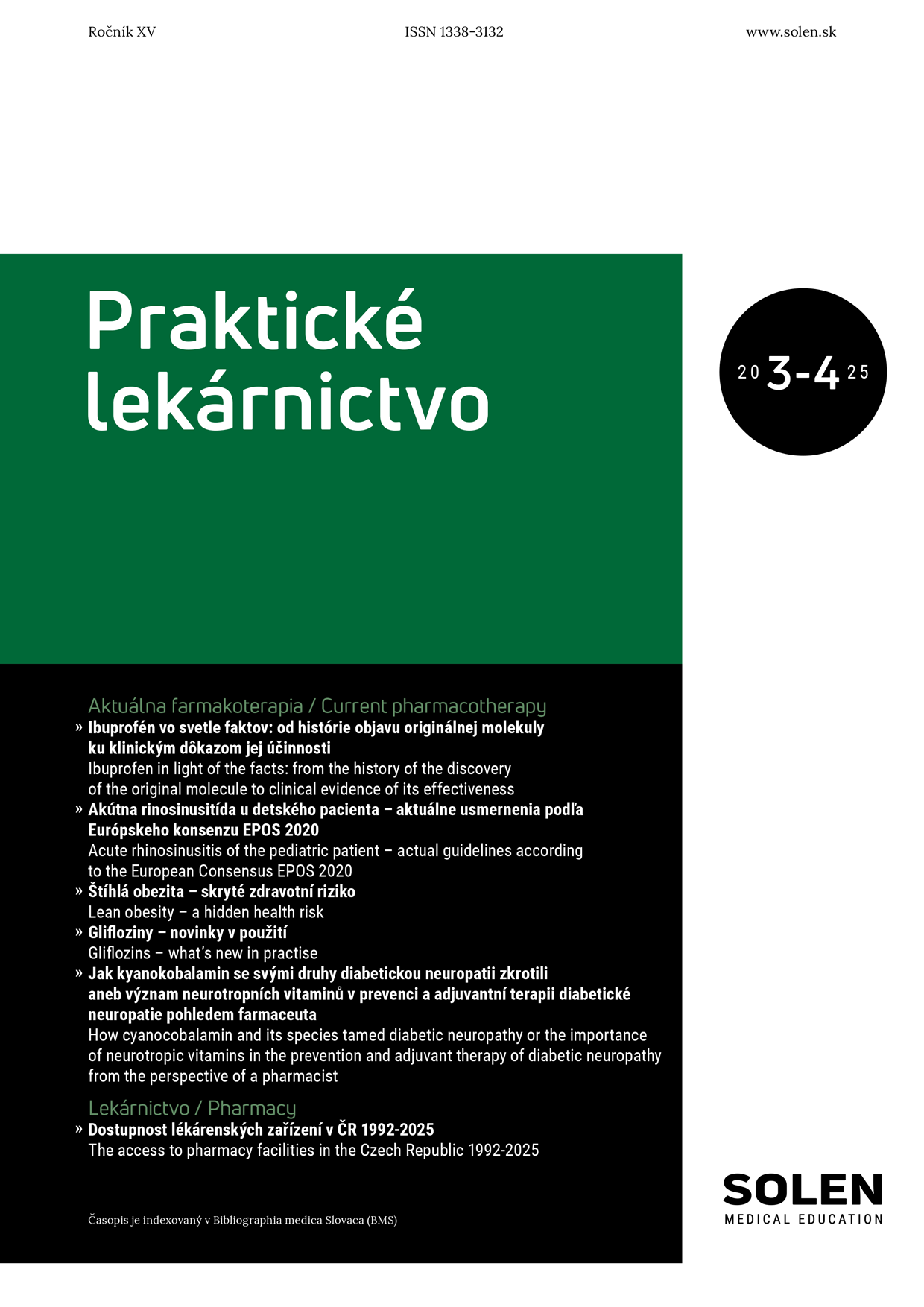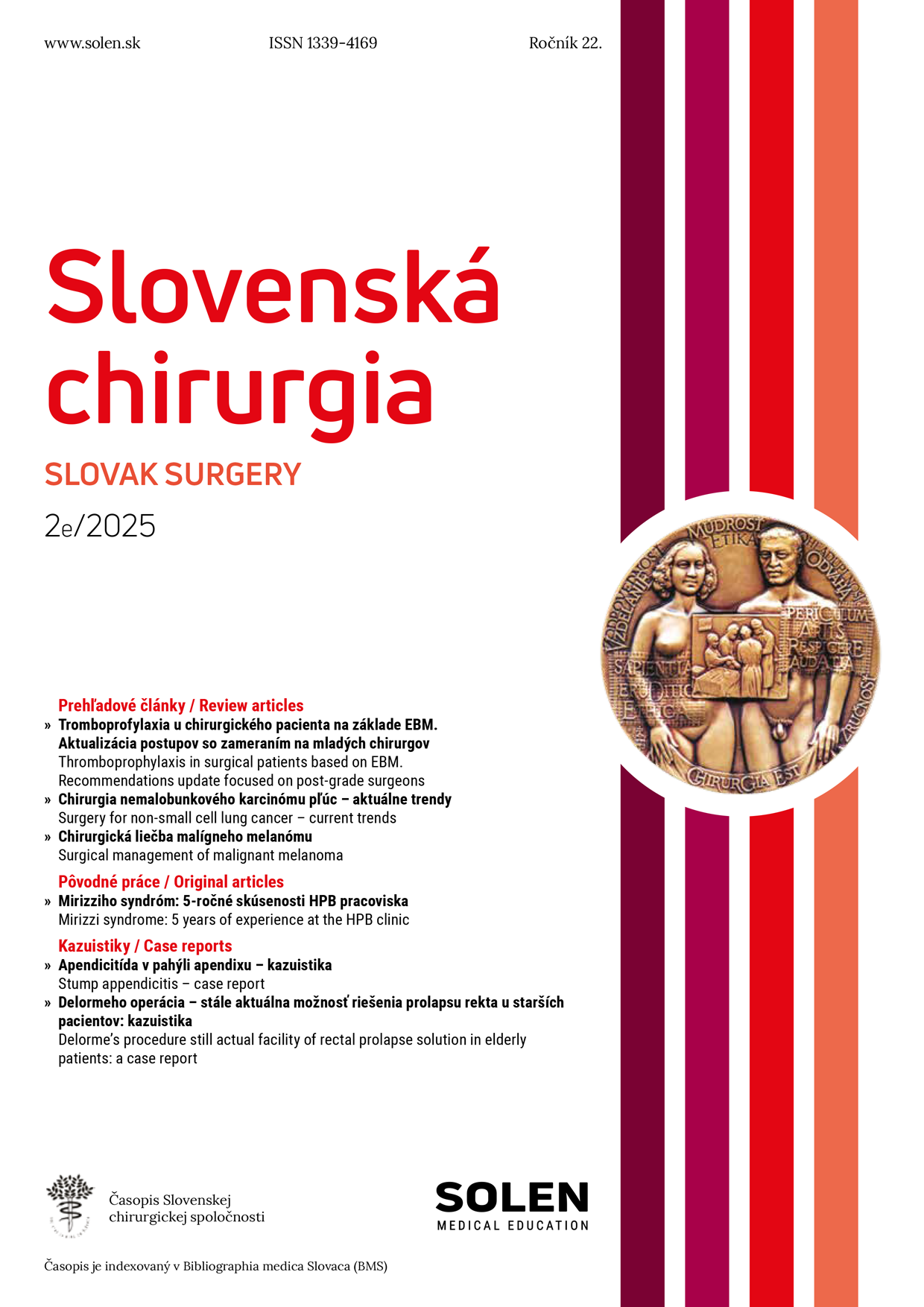Urologie pro praxi 3/2023
Problematika řešení litiázy a striktur močovodu
Urolitiáza je celosvětově rozšířeným onemocněním močového systému, které postihuje všechny věkové skupiny. V posledních několika desetiletích prevalence urolitiázy celosvětově narůstá a představuje závažný nejen medicínský, ale i sociálně ekonomický problém. Vzhledem k technologickému vývoji během posledních dvou desetiletí se ureteroskopická litotrypse stala celosvětově běžnou metodou léčby kamenů horních močových cest. Jedná se o velmi účinnou a minimálně invazivní metodu. Během endoskopického výkonu však může dojít k poranění ureteru, a to má za následek snížení peristaltiky v místě inzultu, stimulaci ureterální hypertrofie a iniciování zjizvení ve svalové vrstvě ureterální stěny, což má za následek vznik striktury. Samotná striktura může bránit normálnímu toku moči, která vede k hydronefróze, zjizvení ledvinového parenchymu, snížení funkce ledviny a u některých pacientů může dokonce vyvolat trvalou ztrátu renálních funkcí.
Kľúčové slová: ureteroskopie, ureterální striktura, rizikové faktory.
Problematics of solving lithiasis and strictures of the ureter
Urolithiasis is a globally widespread disease of the urinary system affecting all age groups. In the last few decades, the prevalence of urolithiasis has been increasing worldwide and represents a serious medical but also a socioeconomic problem. Due to technological developments during the last two decades, ureteroscopic lithotripsy become a common method of treatment for upper urinary tract stones worldwide. It is a very effective and minimally invasive method. However, during an endoscopic procedure, injury to the ureter can occur which results in decreased peristalsis at the site of the insult, stimulation of ureteral hypertrophy, and initiation of scarring in the muscle layer of the ureteral wall, which leads to the formation of a stricture. The stricture itself can obstruct the normal flow of urine, resulting into hydronephrosis, scarring of renal parenchyma, decreased kidney function, and in some patients can even cause permanent loss of renal function.
Keywords: ureteroscopy, ureteral stricture, risk factors.

















